

Current Pixels sadly no longer have a headphone jack.
The Pixel 8as battery can be replaced through the back side, but the 8 & 8 Pro battery can only be replaced by removing the screen first. Idk about Pixel 9/10(a/Pro).
GrapheneOS is like any other Android for things like data transfer. Plug in via USB or your preferred wireless protocol.

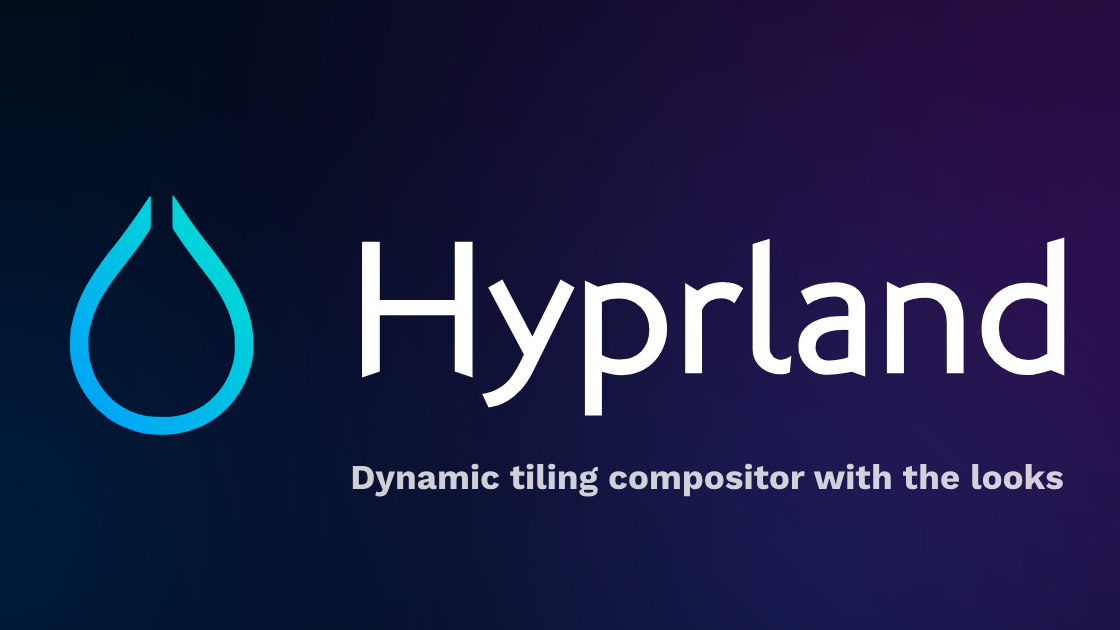


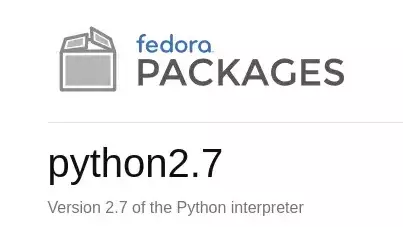
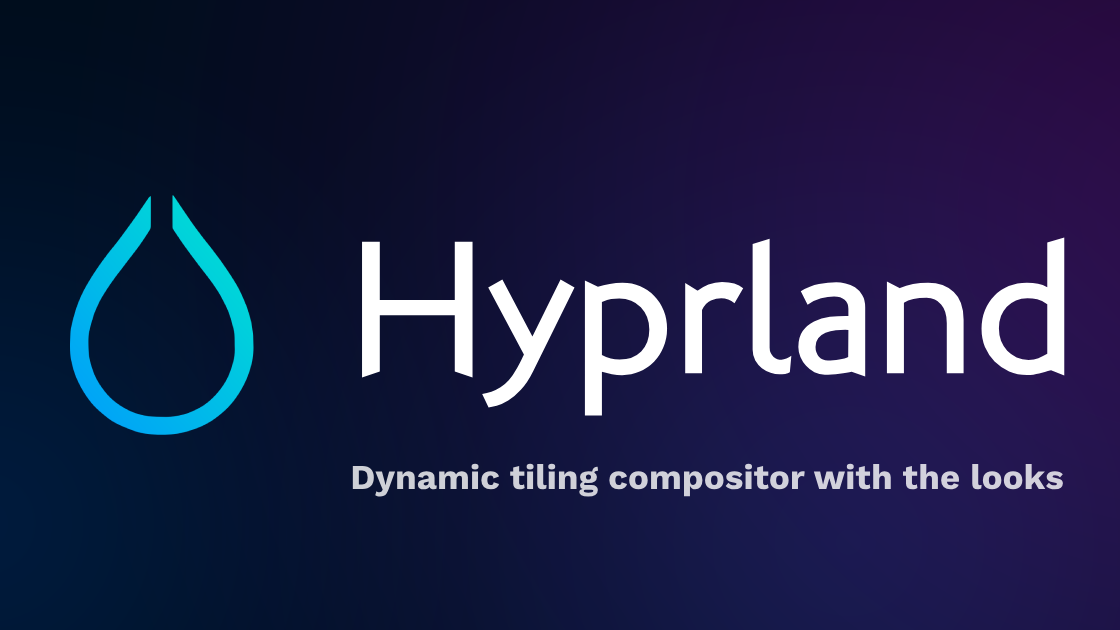
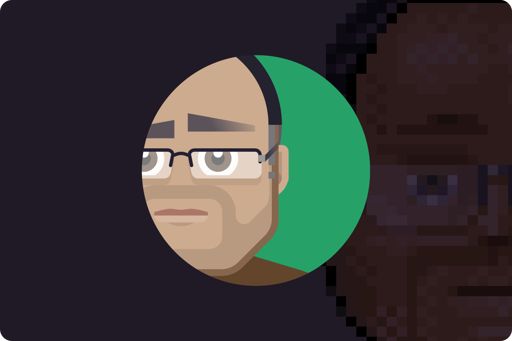
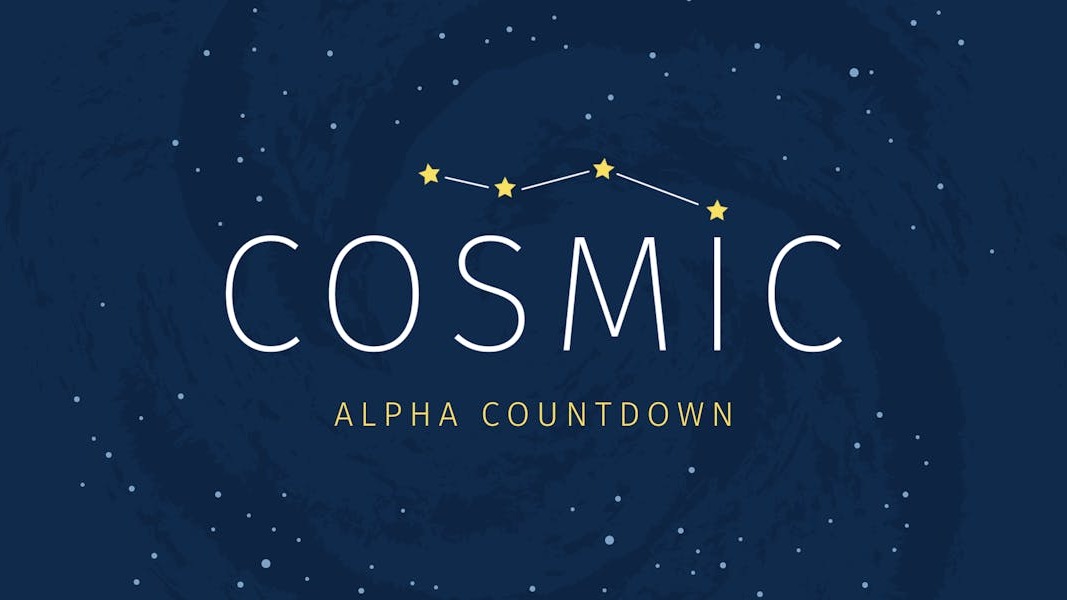
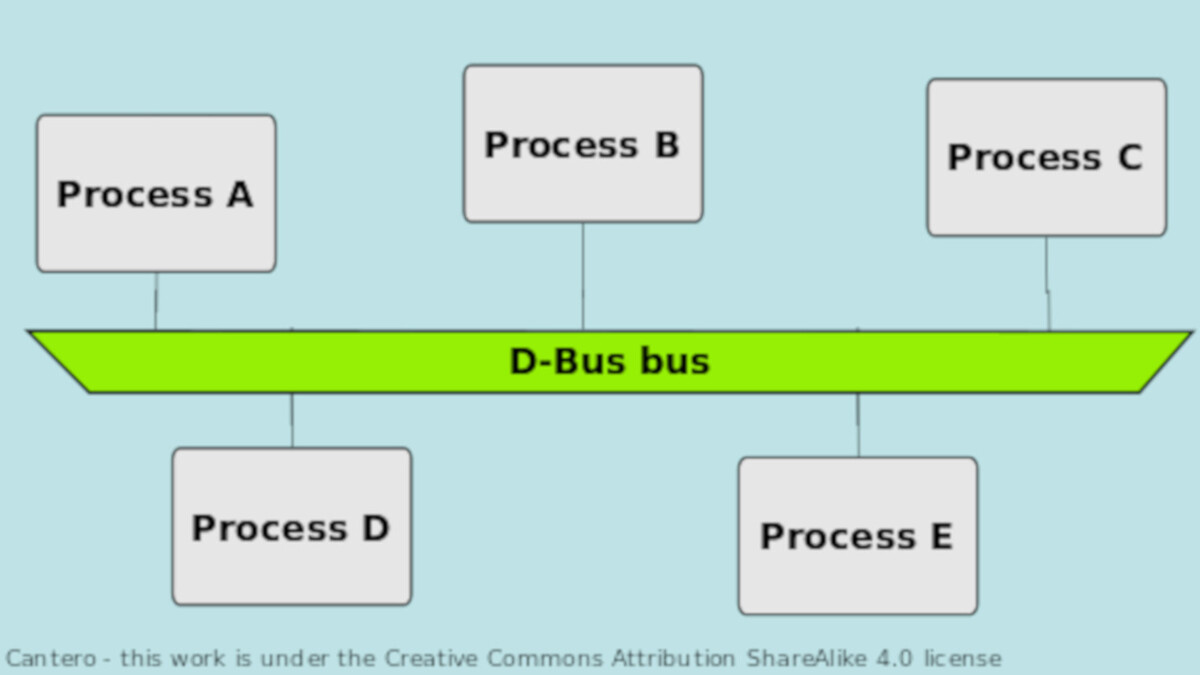
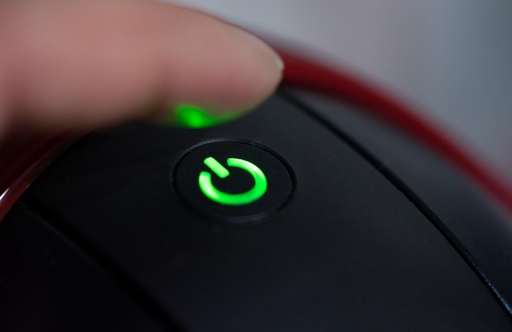
Iirc it’s possible to include Google Maps traffic data as an overlay map on OsmAnd.